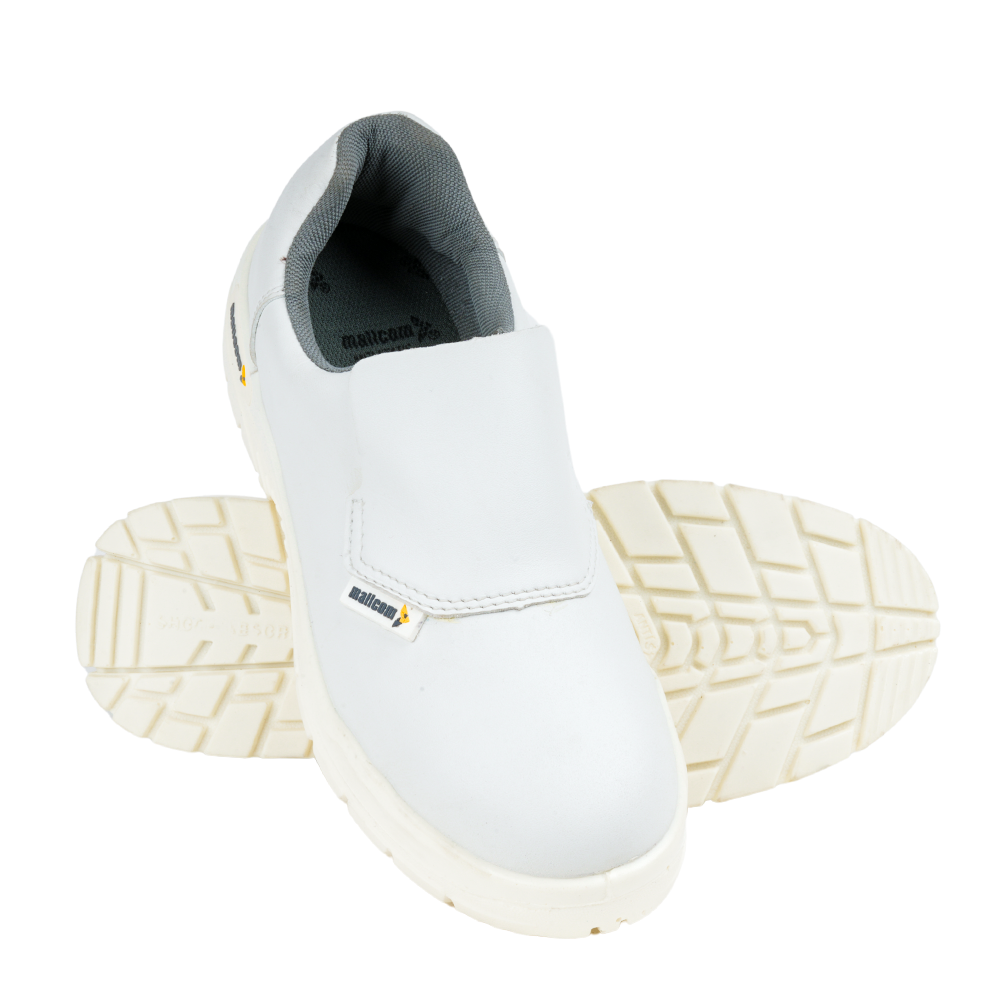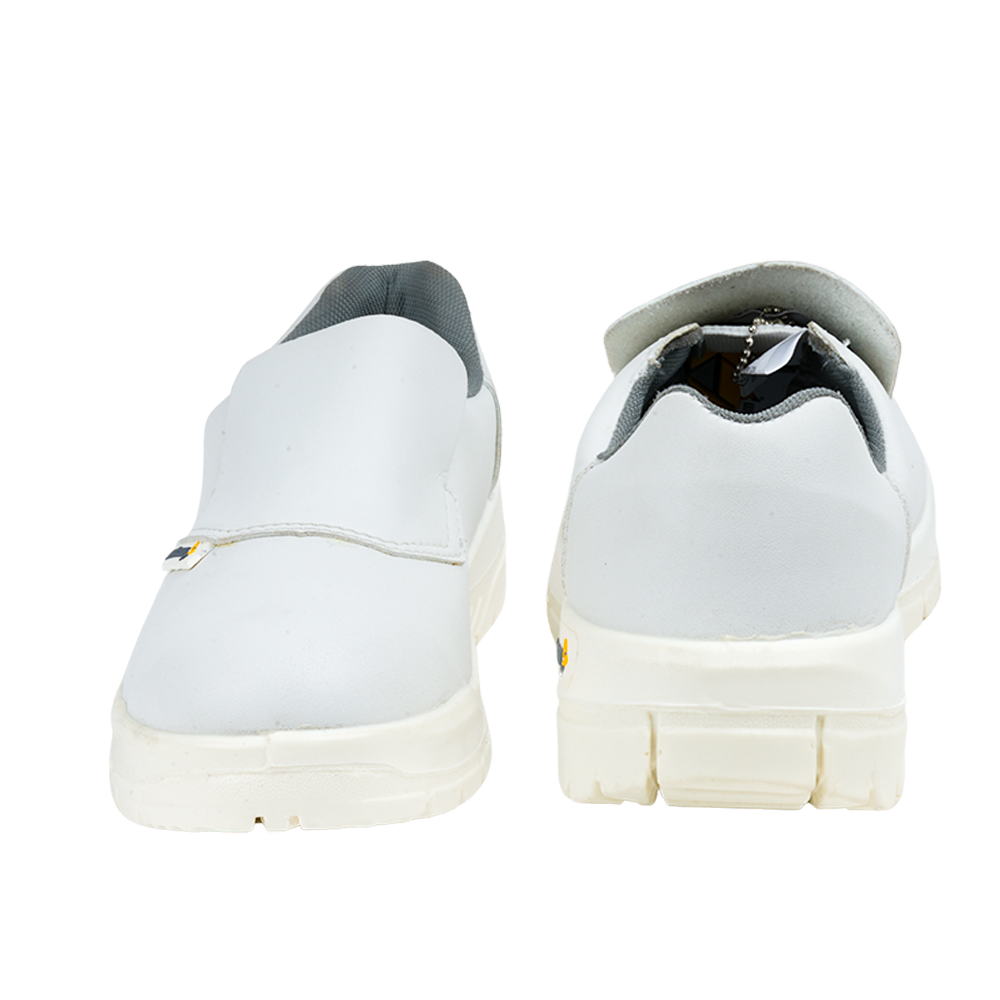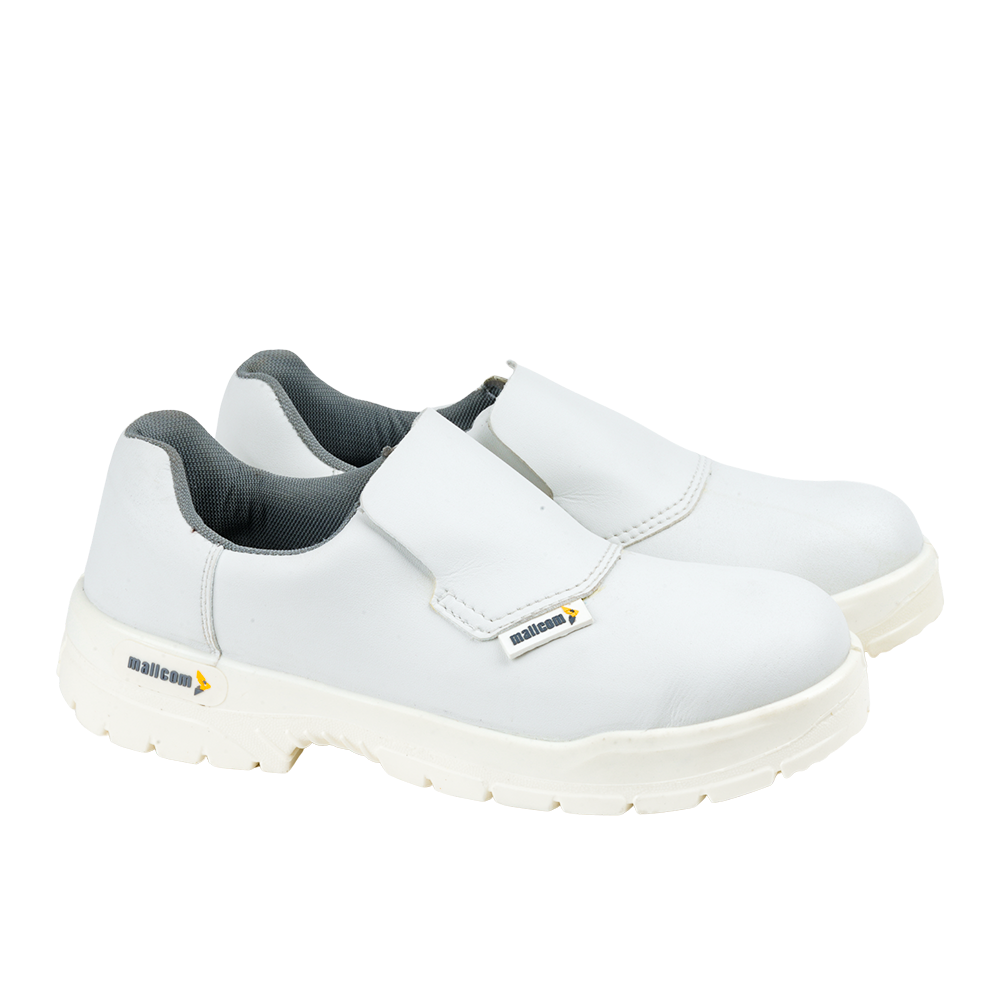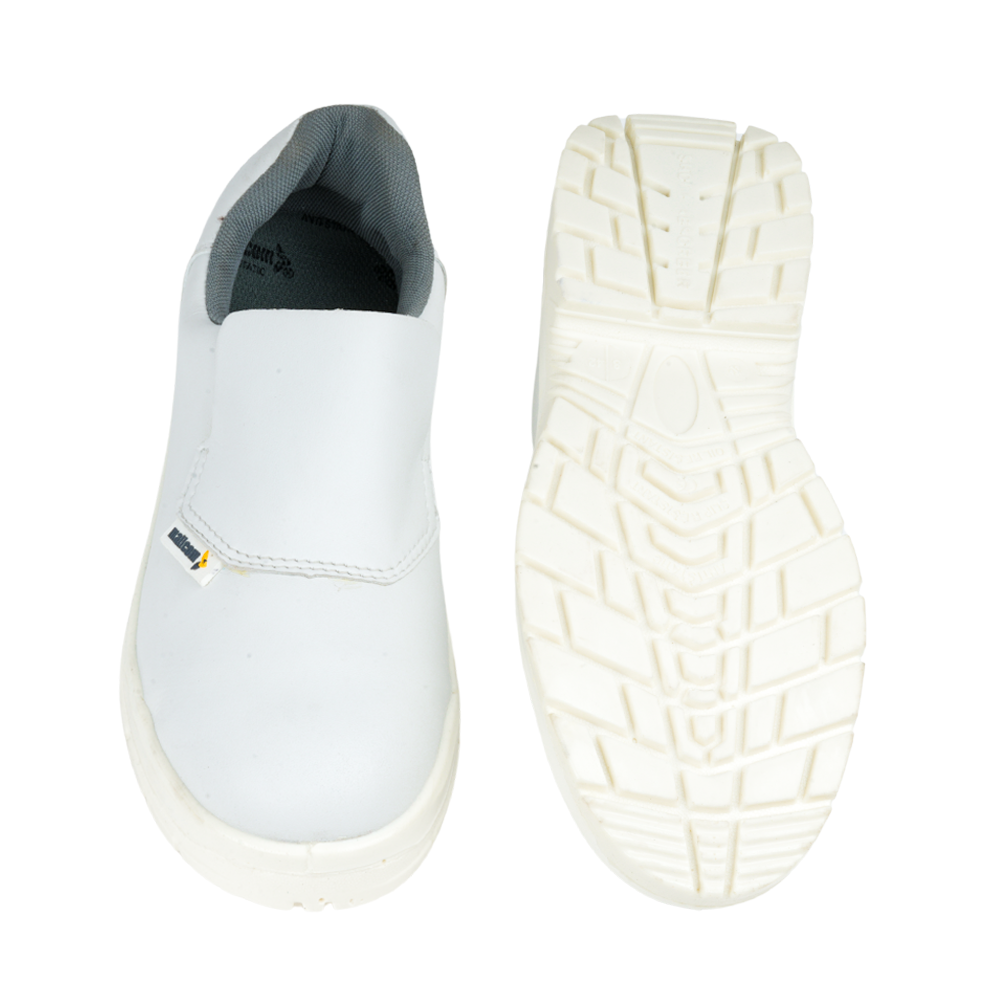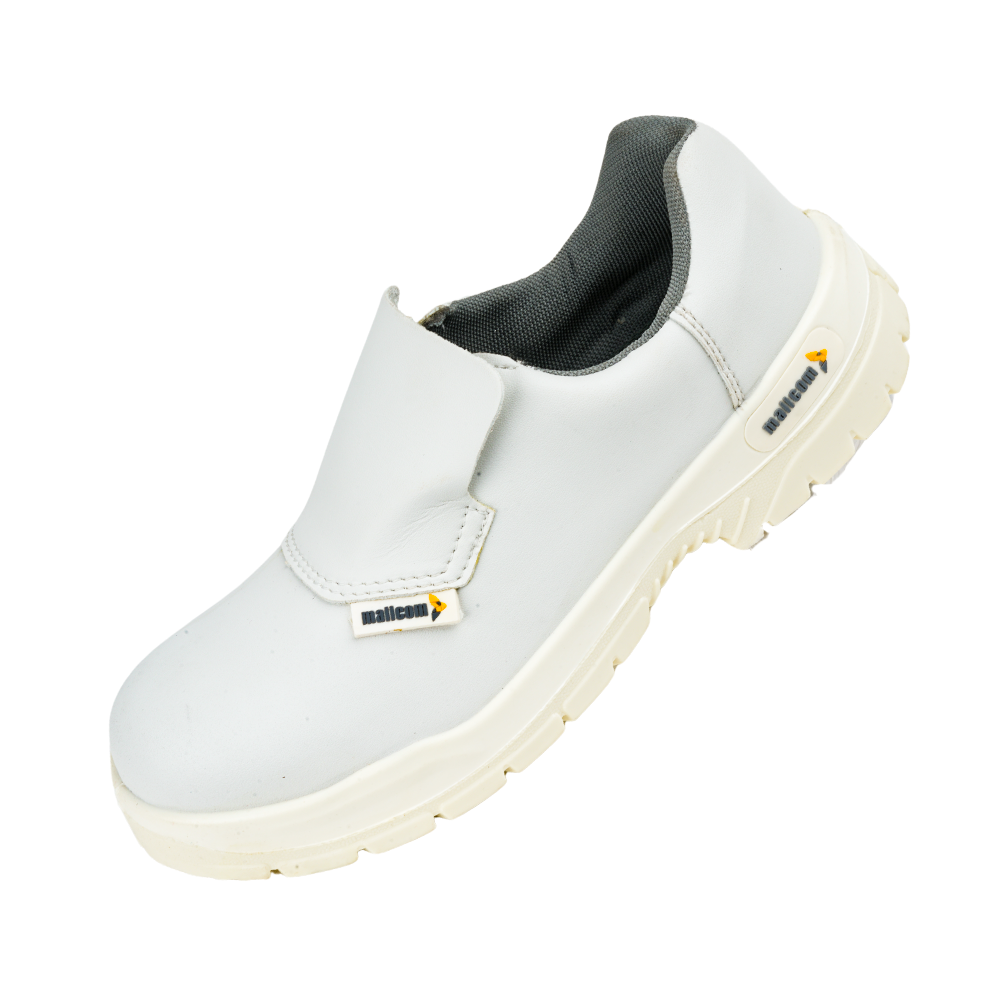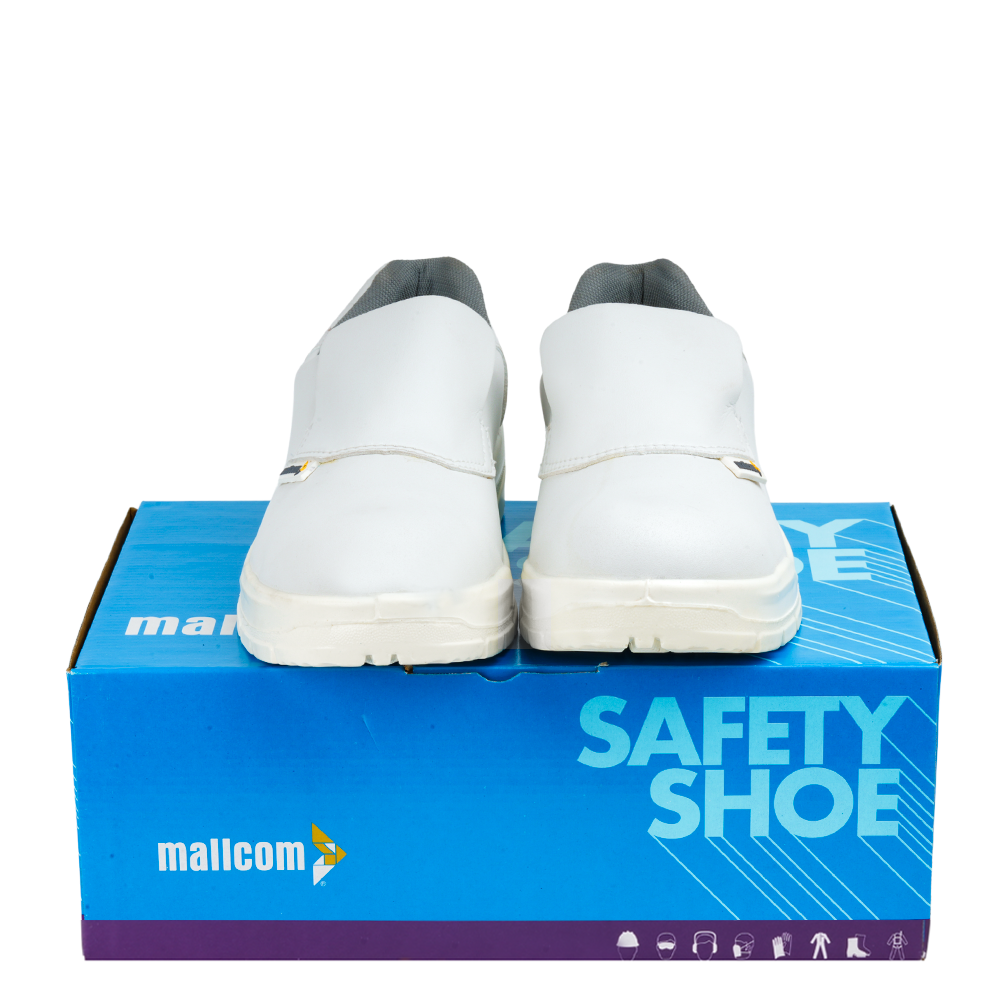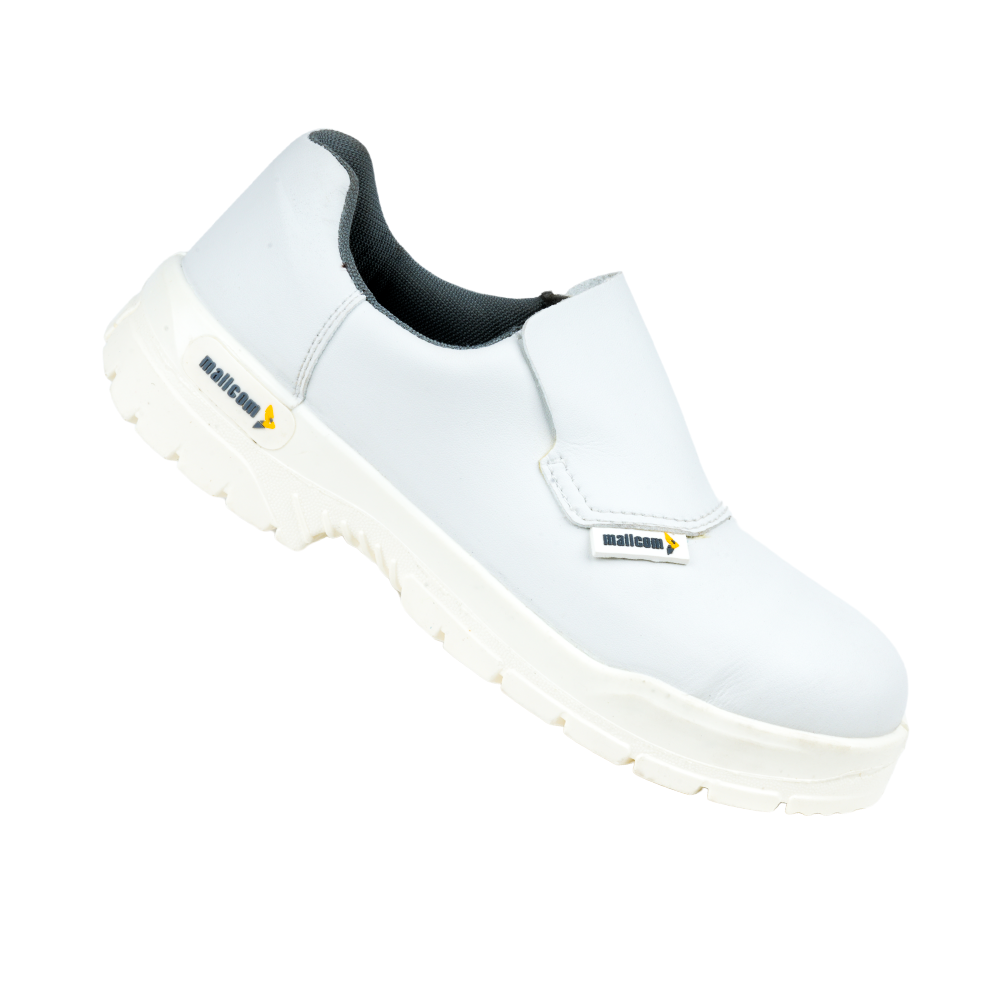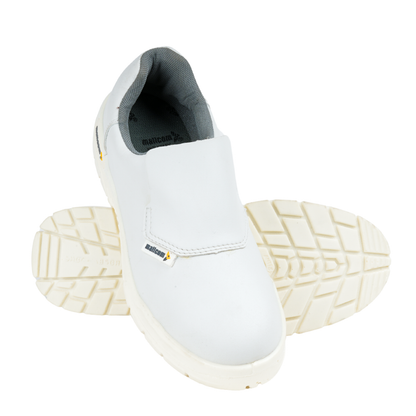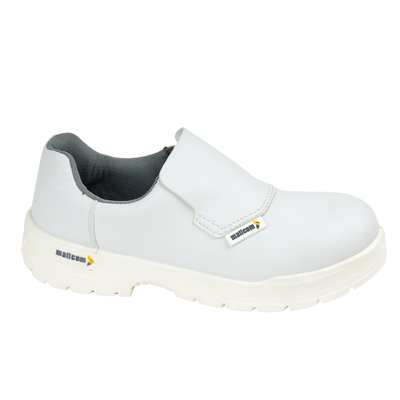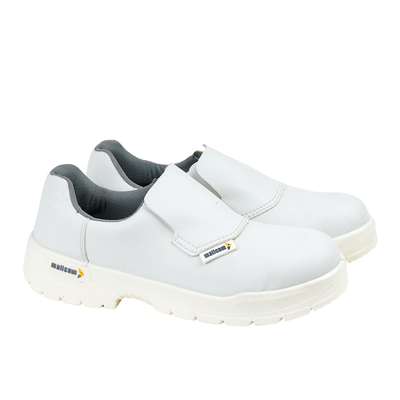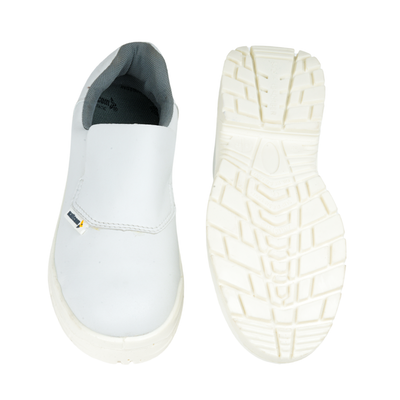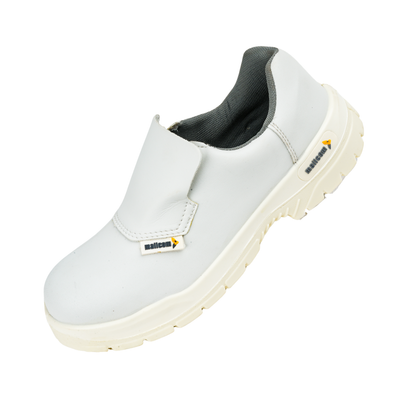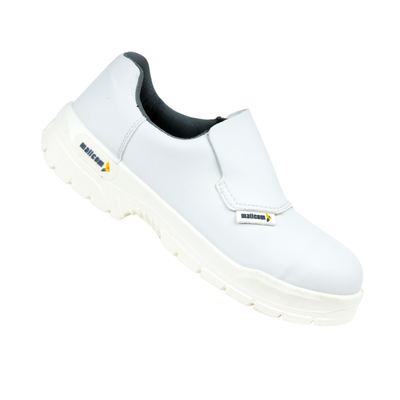CYMRIC K03 OB
Share
Occupational Cleanroom Shoe
- Microfiber upper basic cleanroom occupational footwear
- White washable microfiber upper
- Slip-on shoe design
- Moisture-wicking mesh lining
- Steel toe cap
- Double Density PU sole with TPU patch & PU/Rubber
- Occupational, Breathable, Washable and Anti-allergic
Occupational
Breathable
Washable
Anti Allergic
EN 20347:2022
Delivery & Services

Easy Return
with our 15 days return poicy
Regular price
Rs. 0
Sale price
Rs. 0
Regular price
Tax included.
Shipping calculated at checkout.
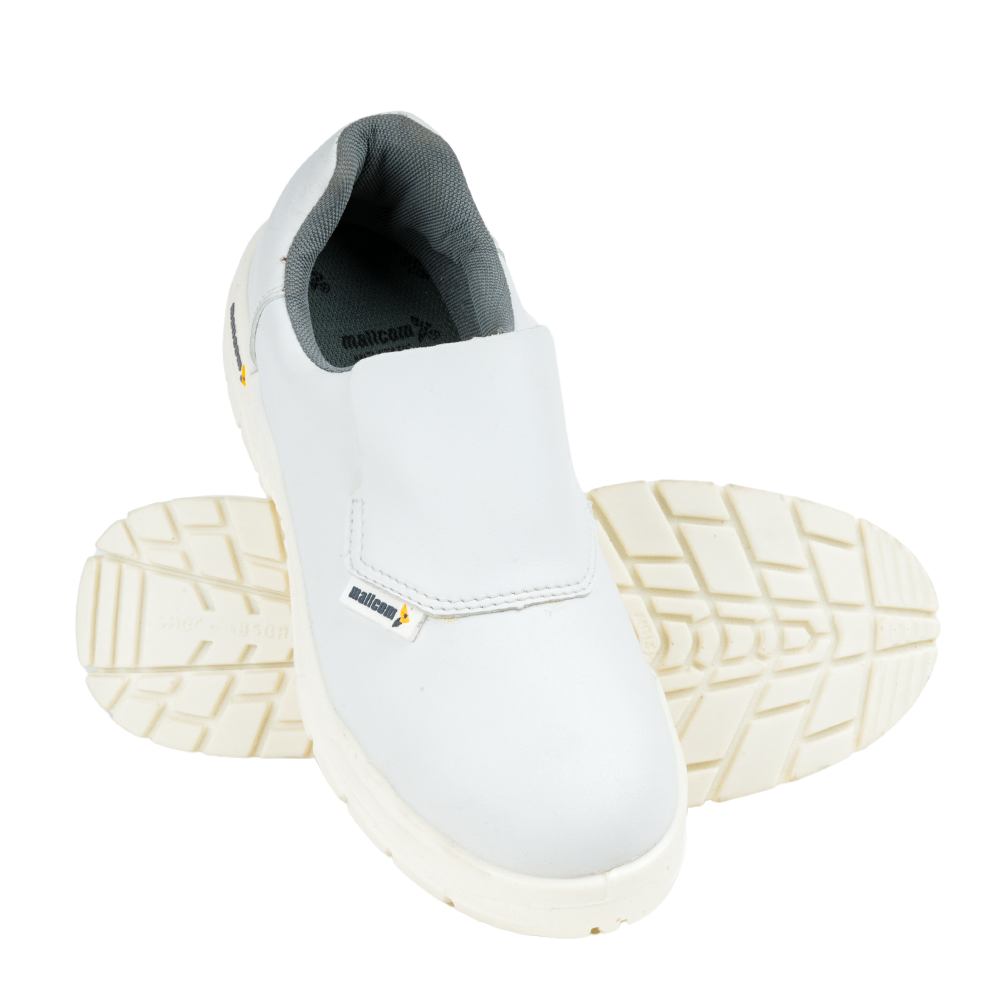
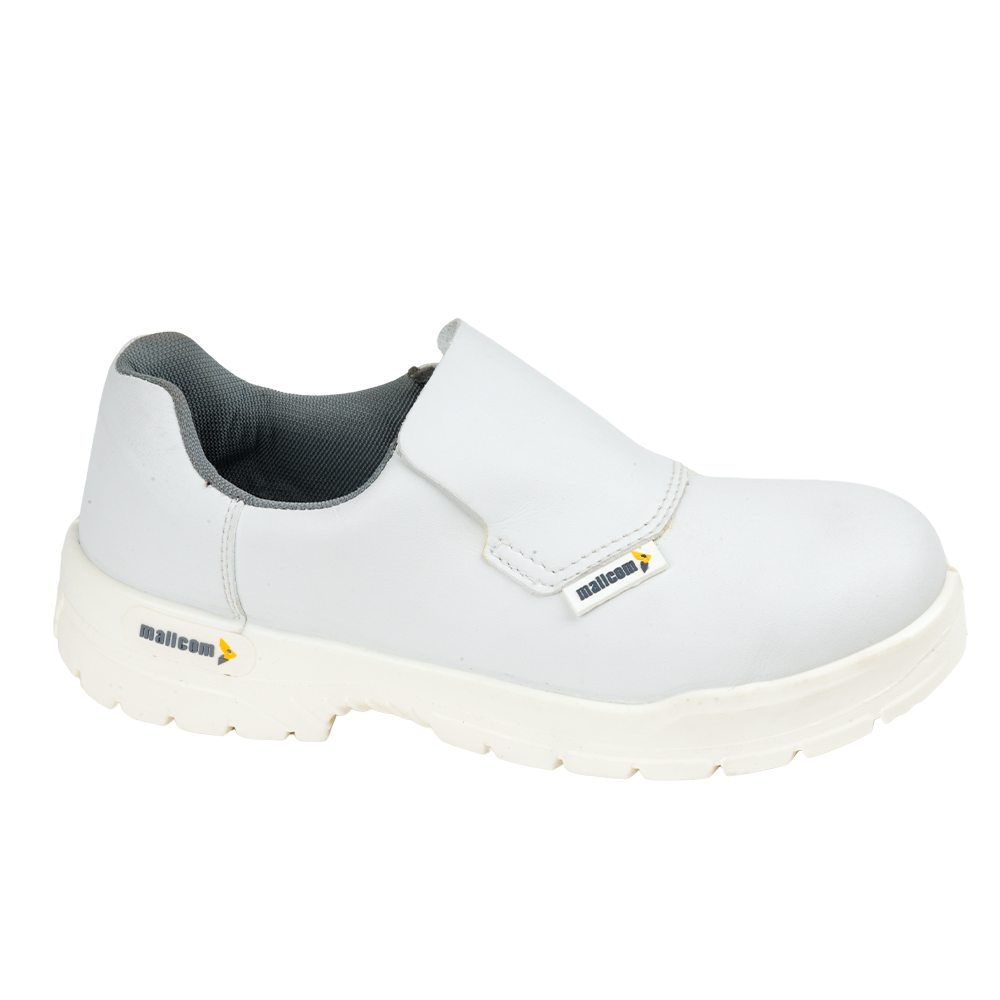
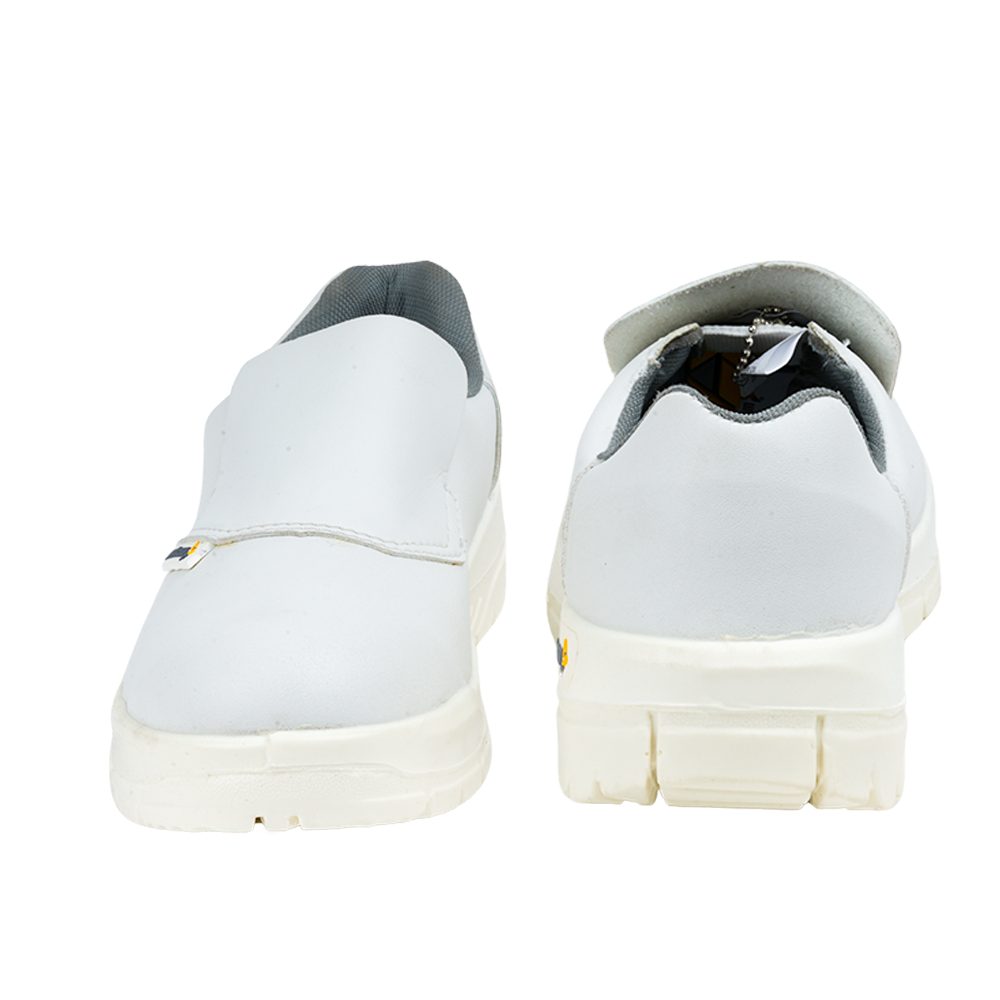

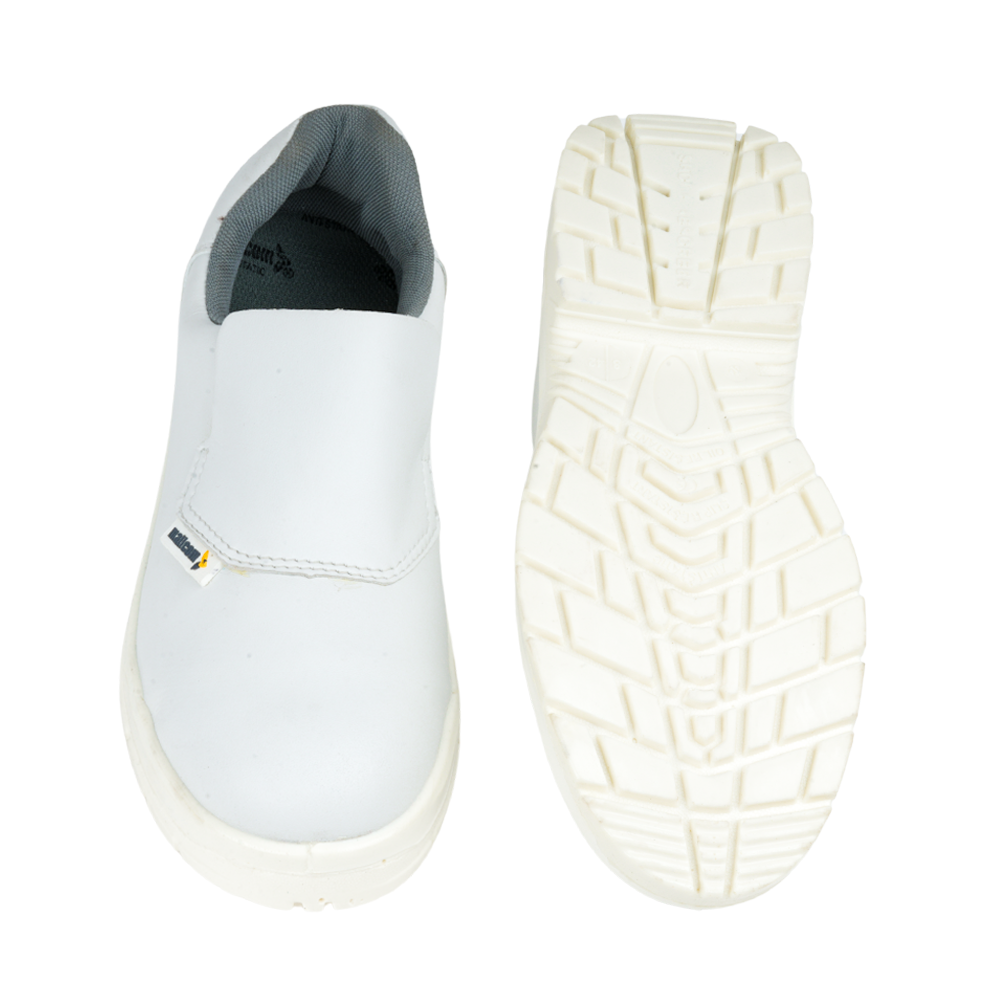
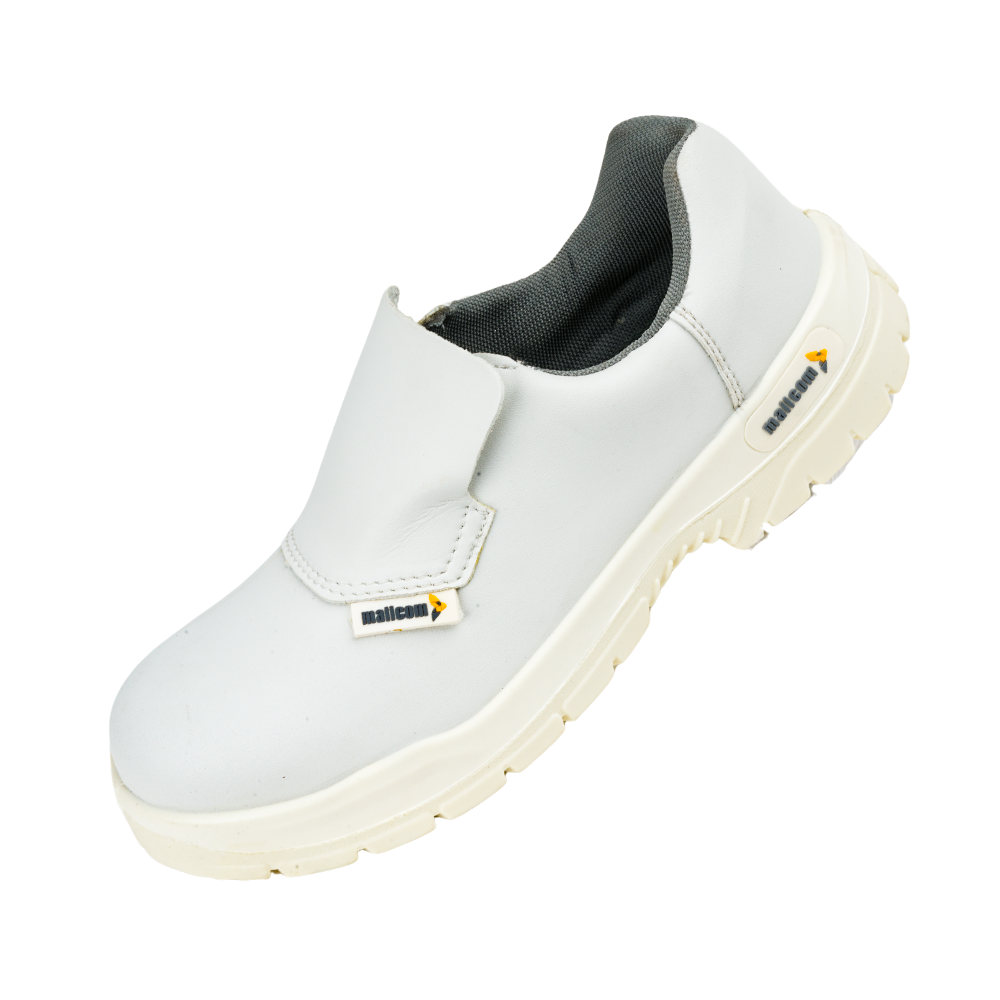

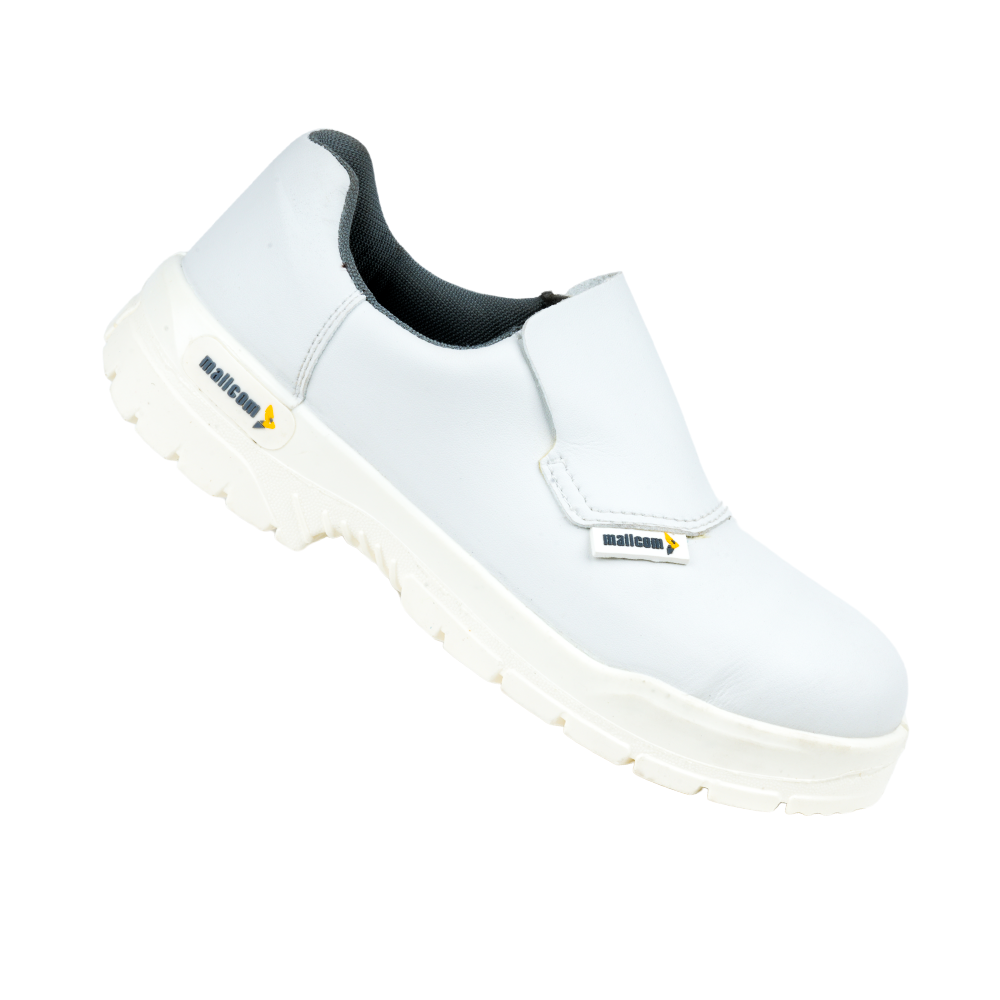
ABOUT THE DESIGN
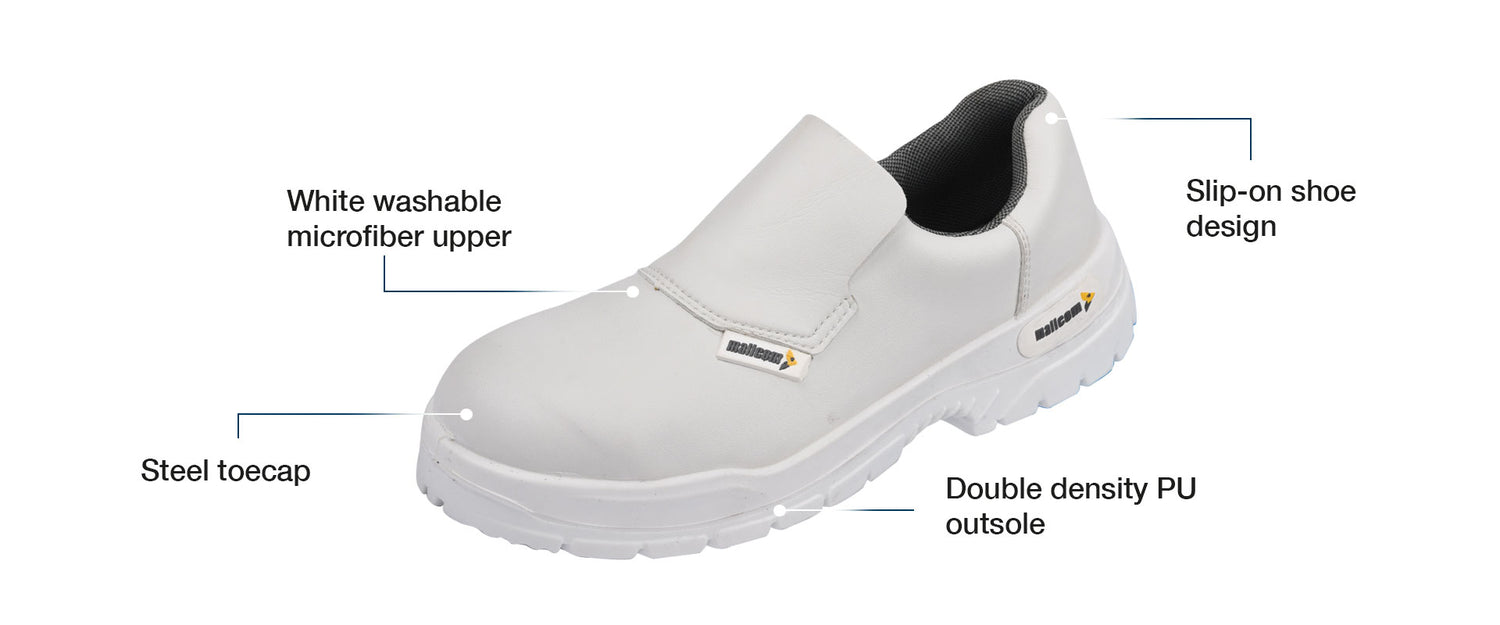
USEFUL IN THESE INDUSTRIES
HOSPITALITY
FOOD & BEVERAGE
LOGISTICS
PHARMACEUTICAL

Product Features
ABOUT THE DESIGN
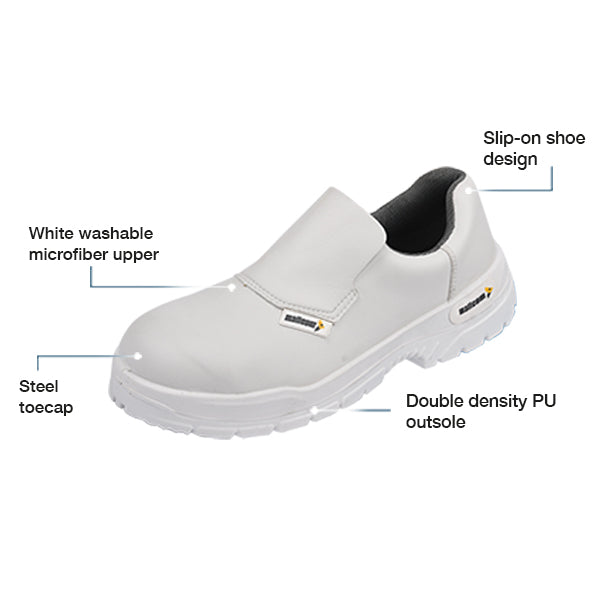
USEFUL IN THESE INDUSTRIES
HOSPITALITY
FOOD & BEVERAGE
LOGISTICS
PHARMACEUTICAL
Product Details



